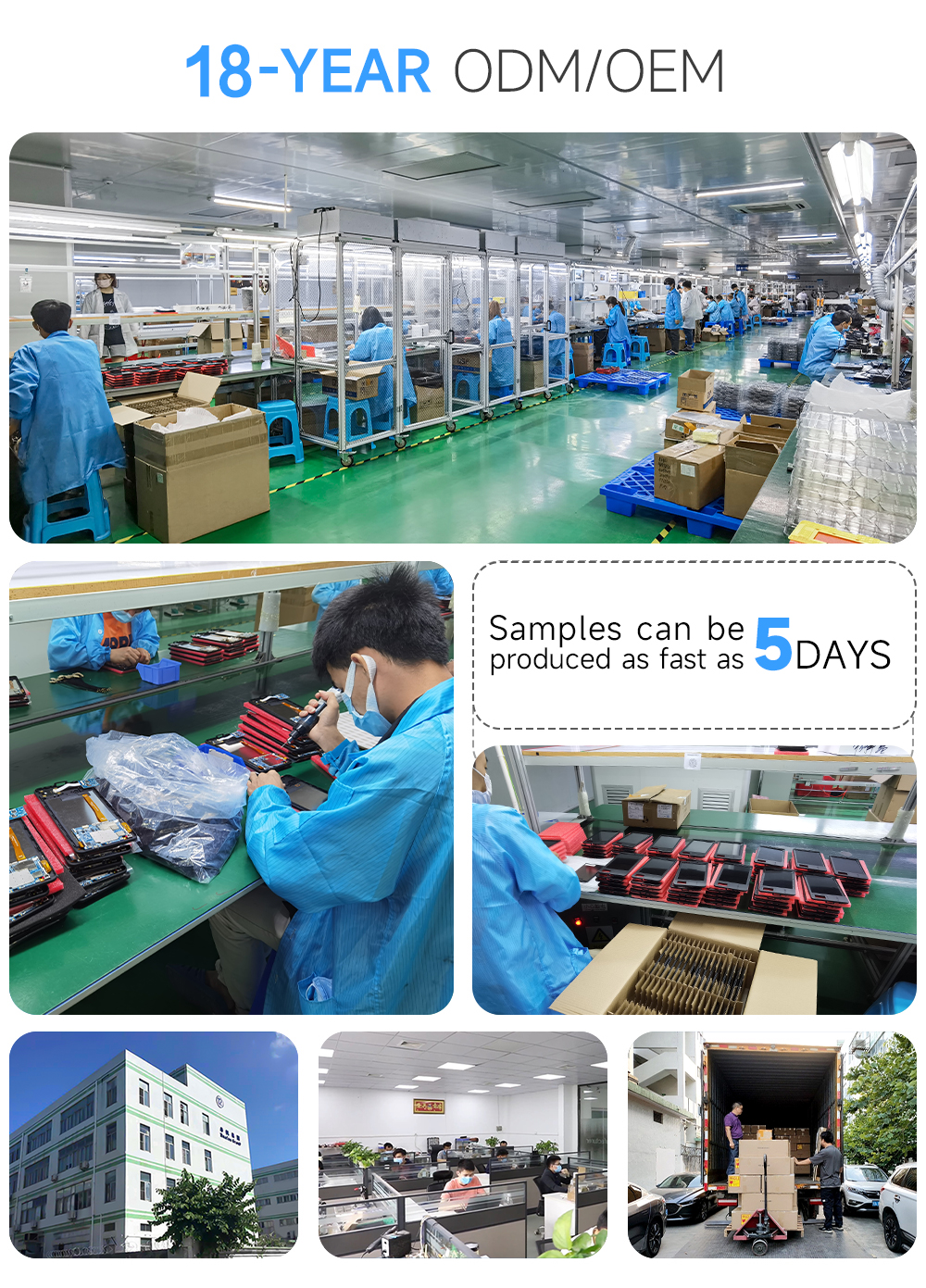In the rapidly evolving landscape of technology, innovations in access control systems have become imperative for ensuring security and efficiency in various environments. Among the cutting-edge solutions available, facial time and attendance access control machines have gained prominence for their ability to integrate biometric authentication with timekeeping functions seamlessly. This essay explores the multifaceted applications of facial recognition technology in diverse settings, highlighting its impact on enhancing security, improving attendance management, and fostering operational efficiency.
Corporate Sector:
In corporate environments, the integration of facial time and attendance access control machines has proven to be a game-changer. These systems offer a secure and efficient way to manage employee attendance, replacing traditional methods such as swipe cards or PIN codes. The facial recognition technology accurately identifies individuals, eliminating the possibility of buddy punching or time theft. Moreover, the automated tracking of attendance data streamlines payroll processes, reducing administrative workload and minimizing errors.
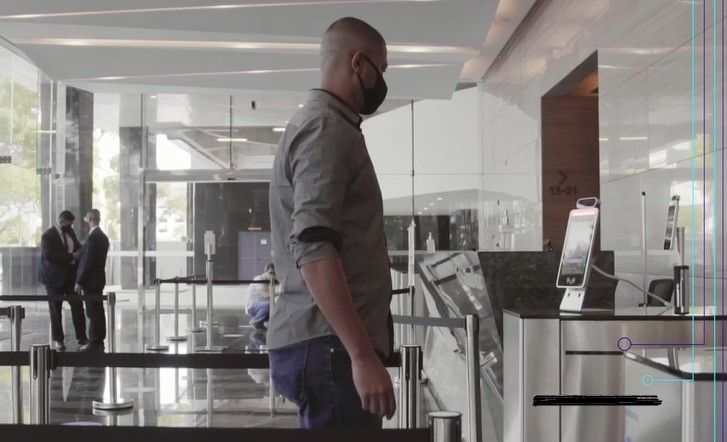
HFSecurity RA08 Biometric Face Recognition Access Control with Turnstile Use in Office
Educational Institutions:
Educational institutions are increasingly adopting facial time and attendance access control systems to enhance campus security and monitor student attendance. By implementing these machines at entry points, schools, and universities can control access to facilities, ensuring only authorized individuals enter. Additionally, the technology aids in tracking student attendance, providing real-time data to educators and administrators. This not only facilitates accurate record-keeping but also enables timely intervention for students who may require additional support.
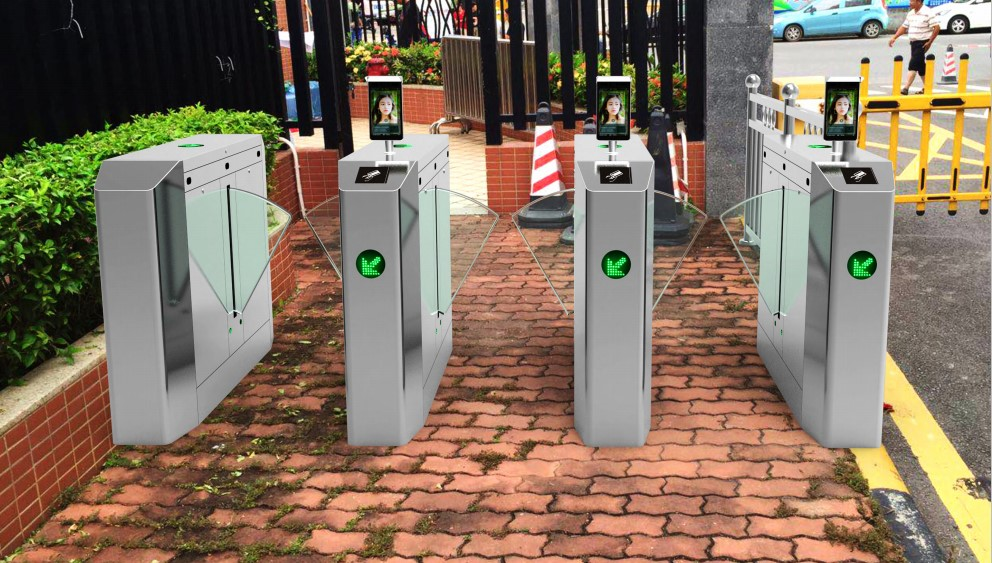
School Time Attendance and Access Control System
Healthcare Facilities:
The healthcare sector is leveraging facial recognition technology to enhance security and streamline attendance management. Access control machines equipped with facial recognition are deployed in hospitals and clinics to regulate entry to restricted areas, safeguarding patient privacy and sensitive information. Furthermore, these systems help monitor healthcare professionals’ attendance, ensuring that the right staff is present at critical times, which is crucial for providing timely patient care.
Retail Spaces:
In the retail industry, where rapid transactions and high footfall are common, facial time and attendance access control machines provide a secure method for managing employee attendance. These systems contribute to preventing unauthorized access to stockrooms or other sensitive areas, reducing the risk of theft and ensuring a safer working environment. The efficiency gains from automated attendance tracking also contribute to better workforce management and improved customer service.
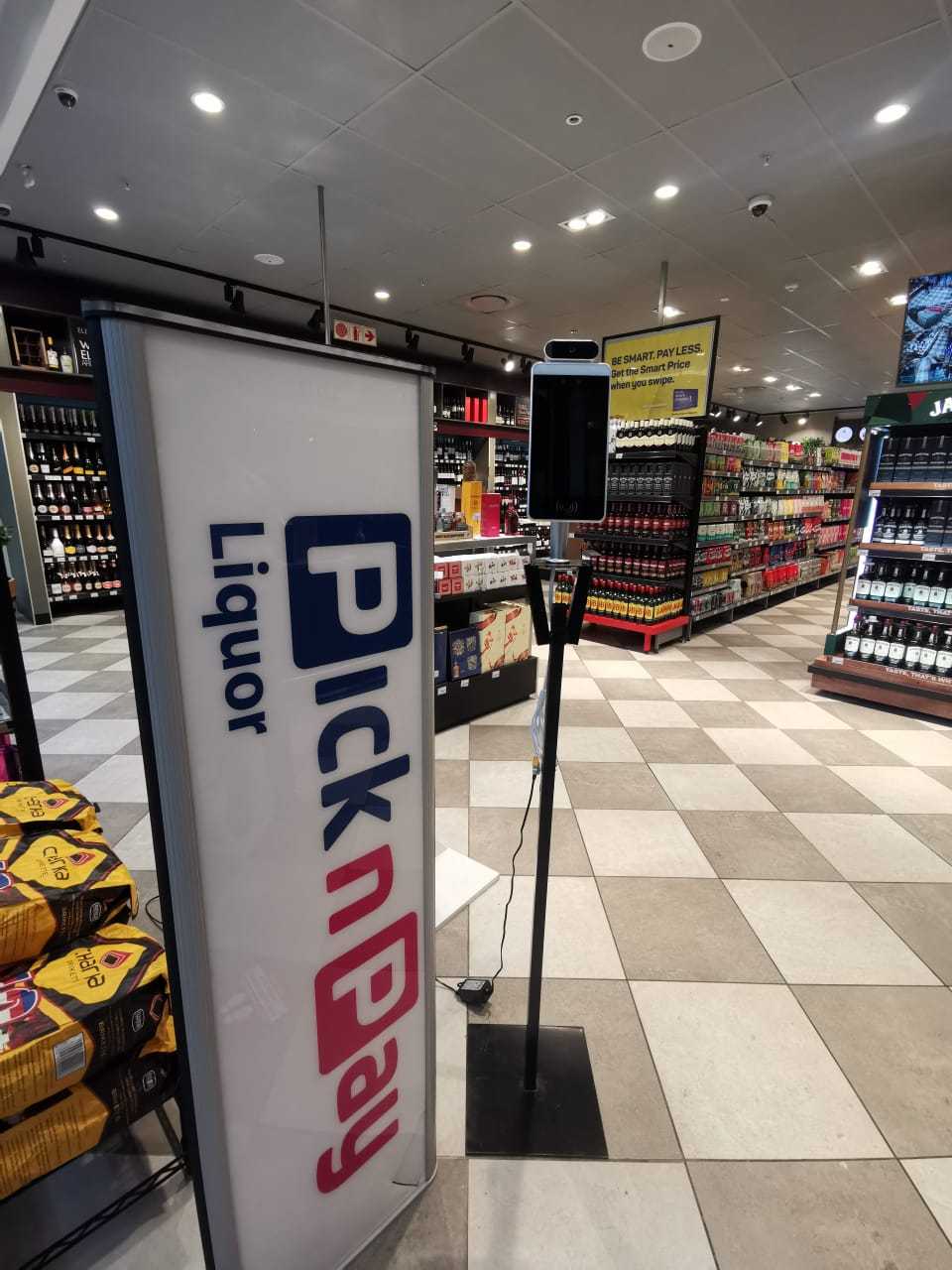
HFSecurity RA08T Face Access Control use in Supermarket
Government Institutions:
Government offices and agencies benefit from deploying facial time and attendance access control machines to enhance security protocols. These systems offer a reliable means of verifying the identity of individuals entering secure areas, contributing to the overall safety of government facilities. Additionally, the integration of facial recognition technology aids in maintaining accurate records of employee attendance, supporting efficient governance and administration.
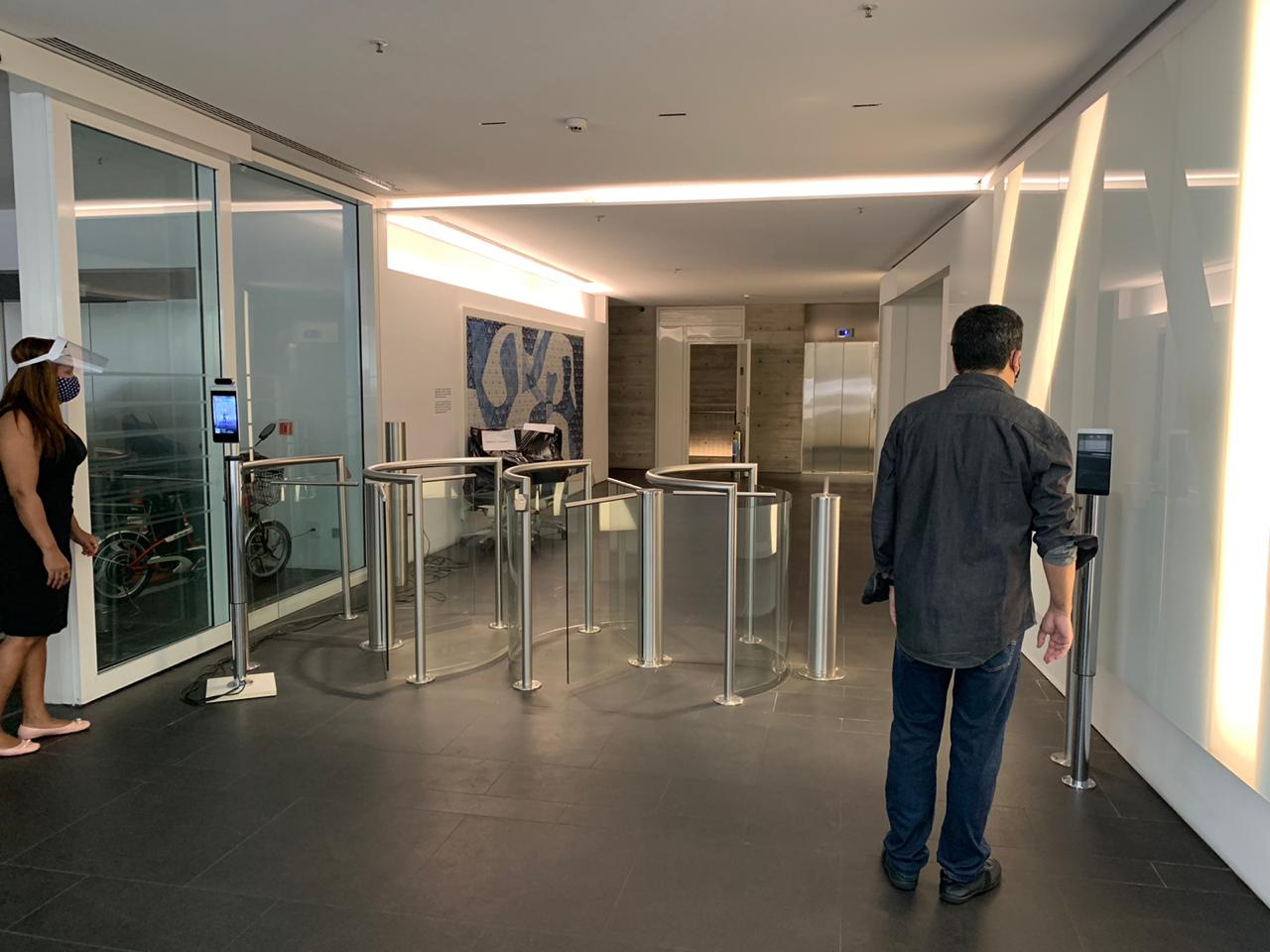
HFSecurity Biometric Face Recognition Access Control use in Government Building
Transportation Hubs:
In transportation hubs such as airports and train stations, facial time and attendance access control machines play a vital role in ensuring the safety and security of passengers and staff. By implementing these systems at key access points, authorities can regulate entry to secure areas and identify potential security threats. The seamless integration of facial recognition technology enhances the overall efficiency of security processes, contributing to the smooth functioning of transportation facilities.
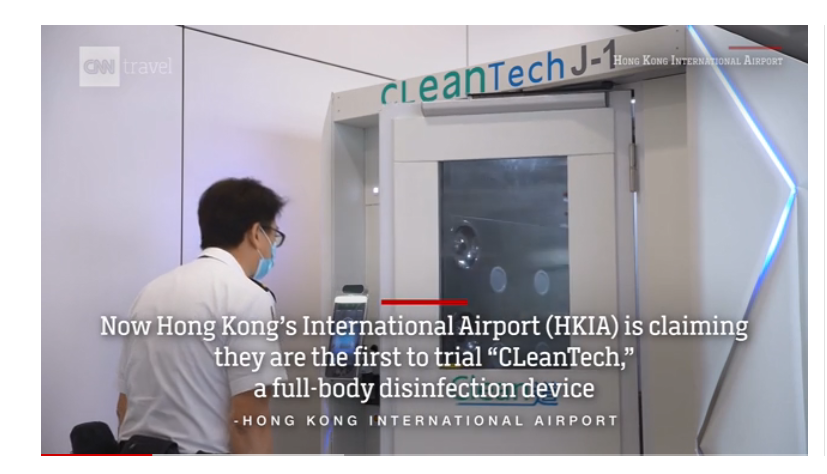
HFSecurity RA08T Face Temperature Access Control Use in Airport
Conclusion:
The integration of facial time and attendance access control machines in various settings signifies a significant step toward improving security, streamlining attendance management, and fostering operational efficiency. As technology continues to advance, these systems will likely become even more sophisticated, offering enhanced features and capabilities. While there may be concerns about privacy and data security, the benefits of these technologies in terms of accuracy, speed, and convenience cannot be overlooked. As organizations across different sectors continue to prioritize safety and efficiency, the adoption of facial recognition technology is poised to play a pivotal role in shaping the future of access control systems.
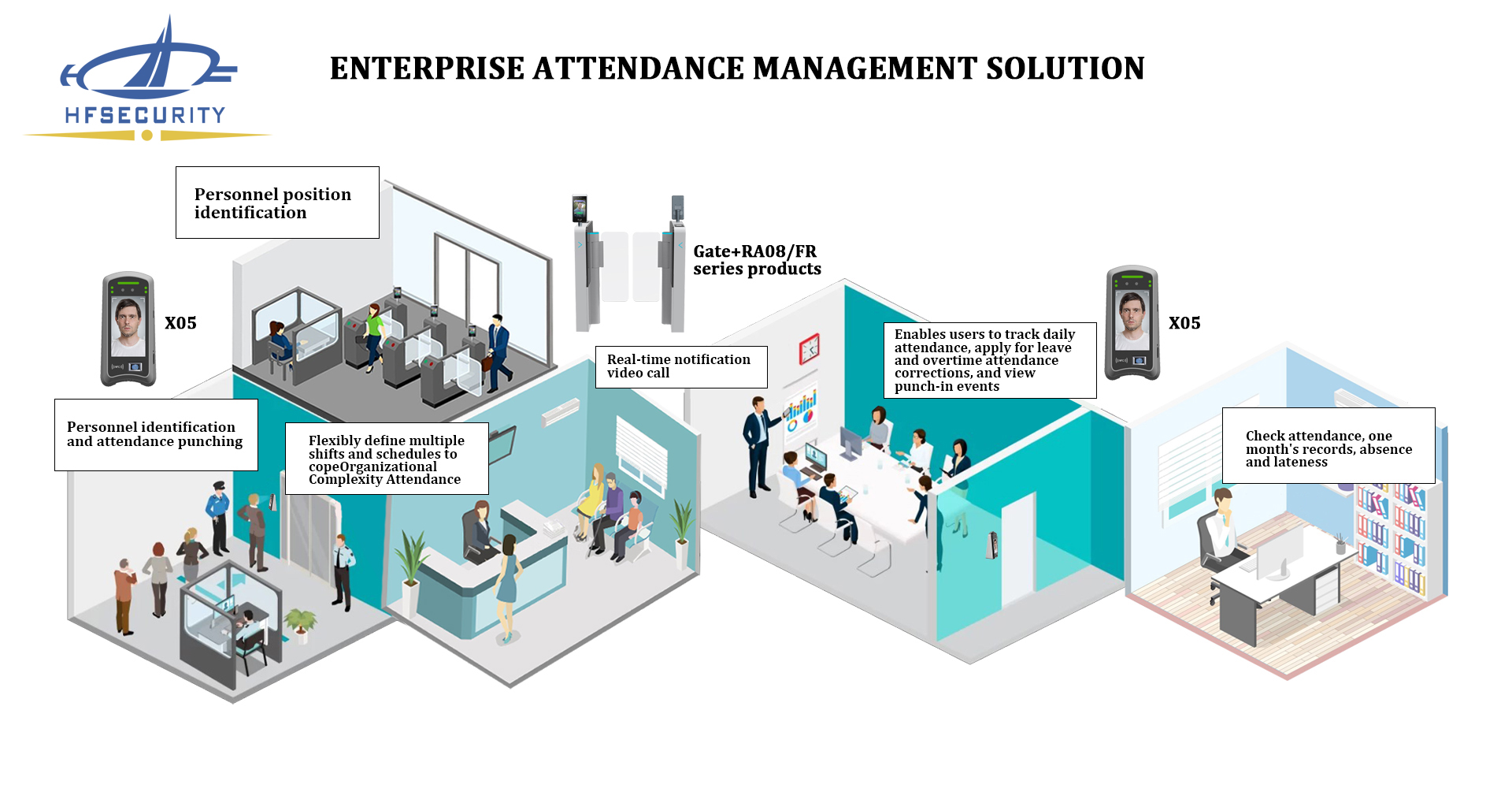
HFSecurity Biometric Attendance and Access Control Solution
